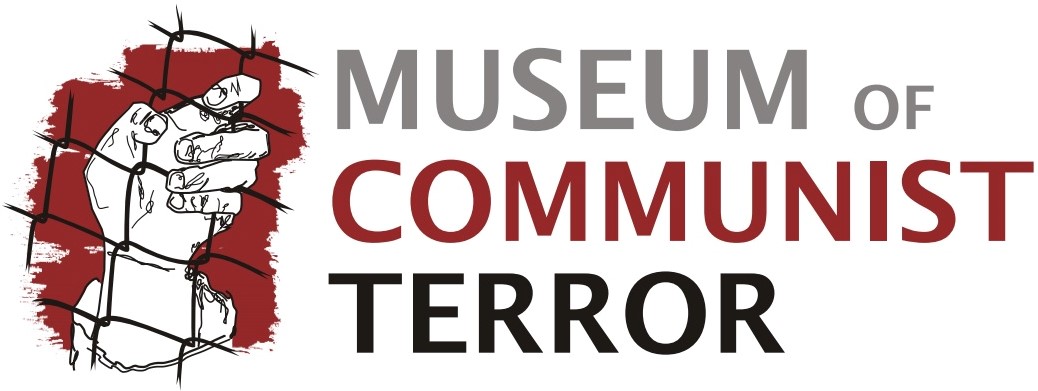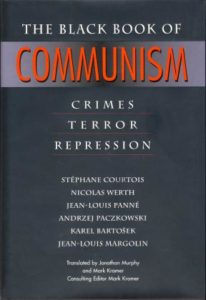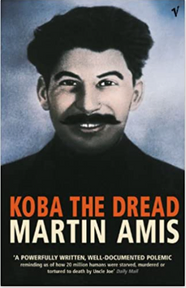The top ten books most recommended by followers of the Museum of Communist Terror on Twitter and Facebook.
Definitive account of the famine in which an estimated 45 million people died of starvation. Dikotter argues that it was the direct result of Mao’s ‘Great Leap Forward’, a failed attempt to boost agricultural production and increase steel output. Dikotter uses testimony from senior officials and victims to paint a grim picture of life and death in the worst man-made famine of the 20th century. Winner of the Samuel Johnson Prize.
One of the most influential books in contemporary history and a sensation when published in the West in 1963. Around the world, it removed any remaining illusions about the true nature of the Soviet regime. The novel describes a single day in the life of a prisoner in the Gulag, Ivan Denisovich. It was based on Solzhenitsyn’s own experience. It was allowed to be published in the Soviet Union where arguably it helped to change history. Vitaly Korotich, a prominent journalist and editor, said “The Soviet Union was destroyed by information – and this wave started with Solzhenitsyn’s One Day”.
The most comprehensive account there is of the repression and suffering imposed by communist regimes around the world. A wide range of academic authors describe the crimes of communist regimes, country by country. The detail and comprehensiveness make this book unique.
6. Against All Hope by Armando Valladares
Armando Valladres’ account of his 20-year imprisonment in Castro’s Gulag. An antidote to the romanticisation of Castro’s regime. Valladares was imprisoned for his philosophical and religious opposition to communism. He endured violence, putrid food and squalid living conditions. In the courtyard below his cell, firing squads executed “counter revolutionaries”. He became a well-known prisoner of conscience. Pressure from prominent people including François Mitterand, President of France, finally led to his release.
Amis asks us why people feel it is acceptable to make jokes about Communism and the Gulag whereas it would be tasteless to do the same about Hitler and the Holocaust. He examines how intellectuals have admired Soviet leaders turning a blind eye to the murders and suffering they were responsible for.
“Amis uses all the tricks of his well-mastered trade to make readable what is almost unreadable, indeed hardly bearable.” Financial Times
A publishing sensation which has sold over 10 million copies around the world. Written with great feeling and sensitivity, it is the story of Chang’s grandmother, her mother and herself. They were living in China as it transitioned from being a medieval society in which little girls’ feet were painfully bound to keep them small to the Cultural Revolution in which she herself became a Red Guard and her mother was horribly tortured. A superb history of 20th century China told through the lives of these three women.
A pioneering work which revealed the horror of the torture, imprisonment and execution of millions of Soviet citizens on Stalin’s orders between 1934 and 1939. It was first published in 1968. After the fall of the Soviet Union, it was updated with the advantage of access to official Soviet archives.
As an Amazon Associate the Museum of Communist Terror earns from any qualifying purchases.












